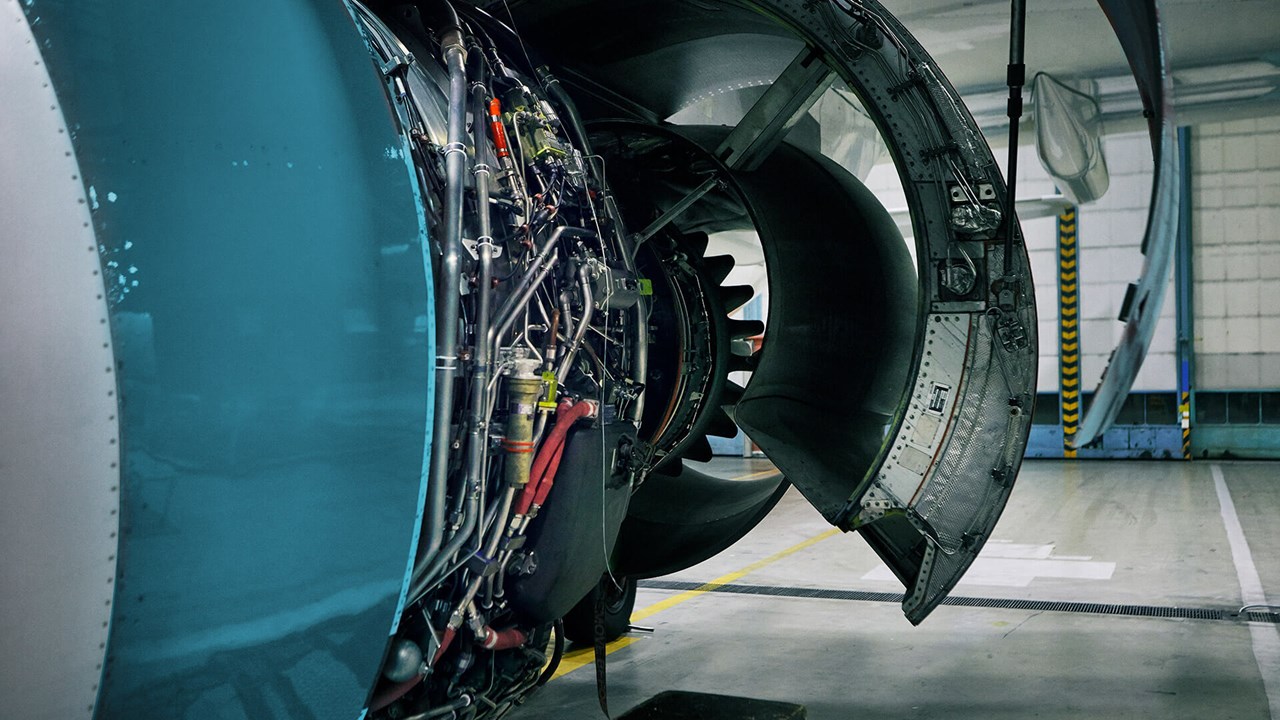This last decade has hosted a long stretch of uninterrupted growth, but will the aviation MRO forecast for the next decade continue that momentum?
After 20 years of reporting on the MRO industry, Oliver Wyman has become a name that you can trust for accurate reports on the state of the industry. Recently, the firm published its Global Fleet Forecast 2019-2029 report, and we've read it from top to bottom. In this article, we will be outlining some of the top focus areas in the report, as they relate to an aviation MRO forecast.
Facilitating the report, Oliver Wyman surveyed more than 125 industry professionals across a broad spectrum of aviation segments to get their take on the future of the MRO industry.
As we reported in our Aviation Industry Outlook article, the aviation industry is moving, both literally and figuratively, into a new era. Growth has been steady,—in Asia in particular—with Revenue Passenger Kilometres (RPK) outpacing GDP across most economies. This rise in global traffic is fuelling a growth in the global fleet, which is predicted to increase by nearly 12,000 new aircraft by the end of the next decade.
This growth is triggering a host of evolutions to the MRO landscape, where total spend is expected to grow from $82Bn to $116Bn by 2029. While this projected growth is positive, it is presenting some challenges as well.
The biggest disruptions
When respondents were asked what they thought would be the most significant disruptions to the MRO industry in the coming years, more than 50% of those surveyed in the report stated that it would be OEM's entering into the aftermarket and a maintenance technician labour shortage.
RELATED ARTICLE:
Must-read: The biggest MRO industry disruptions

While USM is projected to be one of the fastest-growing MRO segments to hit the market, the majority of those parts are going to come with a paper-trail—not a digital one. This means that traceability could become an issue.
USM provides a unique opportunity to compete with OEMs that are entering the market, as on average, a USM part can be 60-80% of the price of a new part. But if the spares serviceability and pedigree are not adequately documented, then it may become difficult to maintain a cost vs convenience advantage.
3. OEMs entering the market
As we discussed in our 7 Big Aftermarket Trends of 2020, OEMs dipping their feet in the aftermarket pool causes some substantial issues for smaller MRO and parts providers. Smaller parts providers will almost always have a disadvantage to larger OEMs that have the power to develop vast aircraft service packages that encompass both proprietary systems software and product solutions.
As we move into an industry that will soon be driven by decentralised parts and service data, we could see OEMs able to harvest large pools of aircraft and parts data, which can be fed into AI-driven, blockchain protected, systems to provide highly accurate maintenance data.
4: More reliable equipment, less demand for parts
The simple fact that airframers and OEMs are getting better and better at maximising the efficiency of their parts. This is fantastic news for airlines, but not so much for suppliers. Newer aircraft are not only more technologically advanced, they're also more efficient and require less maintenance. As these newer generation fleets gain numbers dominance as more and more prior aircraft are retired, this could inevitably mean fewer replacement parts requested or less service across the lifecycle of a part.
RELATED ARTICLE:
Used Aircraft Parts: Investigating one of the fastest-growing MRO segments

Newer narrow-body aircraft are estimated to be about 15%-20% more efficient than the versions they are replacing. These aircraft will have longer maintenance intervals and lower heavy maintenance spend, simply because they are designed better and use better materials.
5. Airline MRO practices are getting more efficient
Overstocking might not be the best thing for an airline, but it's a pretty sweet gig for a supplier. Unfortunately, long term service contracts by airframers and OEMs, facilitated by services like predictive maintenance, airlines are now becoming more emboldened to make the most out of their initial spares.
This trend in lower spares demand has been cooking for several years, as it was reported by Roland Berger back in 2015. Fast forward four years, and a similar report shows that suppliers are still under pressure from airlines cutting costs, doing more in-house and shoring up their supply chain.
6. Staff shortage and supply chain bottlenecks
The last, and arguably the most significant challenge that the aftermarket will face in the coming years, is simply a lack of qualified staff to operate the global aviation machine. The looming threat of labour shortages in material management and maintenance could lead to bottlenecks along the supply chain.
Rapid advancement in aircraft technology and data-driven software analytics is already driving demand for technicians that can cross the gap between digital and mechanical expertise. This same demand can be seen in material management, where new technologies are requiring further knowledge and understanding of subjects like additive manufacturing, enhanced GSE, and inventory management.
The big picture
Looking at the challenges presented above, it's safe to say that none of them crept up on the aviation aftermarket unaware. In fact, many of these challenges are as a result of parts suppliers not having the same resources as larger OEMs to keep pace with the steady march of technological progress. Regardless, progress is relentless, and aftermarket suppliers are going to need to address the challenges we stated above head-on to maintain a competitive presence in the market.